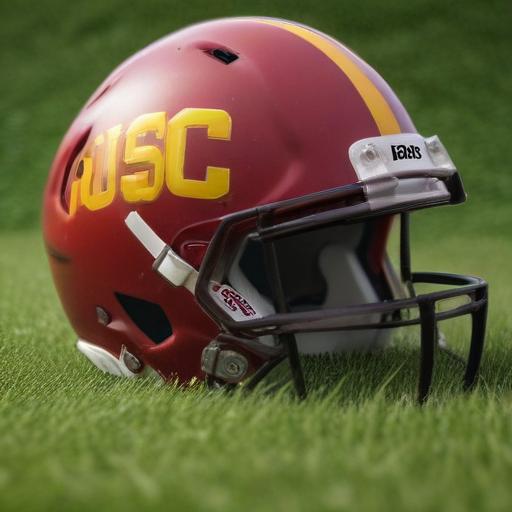USC’s trajectory under Lincoln Riley remains a topic of debate, but there are tangible signs the program is moving in the right direction. After two seasons of regression following Riley’s debut, supporters and skeptics alike are watching this year to see if the program can translate elite potential into sustained success.
Defense shows clear progress
A core focus for Riley has been shoring up the USC defense, and last year’s overhaul appears to be paying dividends. D’Anton Lynn, who was a finalist for the 2023 Frank Broyles Award, took over the unit and helped lift USC from 121st to 58th in national defense in a single season. With another offseason of coaching and schematic refinement, the defense is expected to continue its climb. The addition of Keeshawn Silver, regarded as one of the top defensive linemen available in the transfer market, adds an impact player to anchor the trenches. While skepticism about defensive consistency is natural, the early indicators point to meaningful improvement on that side of the ball.
A favorable schedule could help USC regain footing
This season’s slate could provide a much-needed boost as Riley presides over a program still adapting to the Big Ten shift. USC avoids two perennial playoff favorites in Penn State and Ohio State, and opens with two home games against FCS opponents before traveling to Purdue and hosting Michigan State. The schedule sets up a manageable early stretch to build confidence and tighten fundamentals. The big tests come in a midseason cluster: at No. 12 Illinois, a bye, a home date with No. 14 Michigan, and a road game against No. 6 Notre Dame. A strong performance through that window could put USC back in the College Football Playoff conversation, and help secure a potential Big Ten Championship berth depending on broader conference results. The idea is simple: a smoother ramp early can make the tougher late-season run more plausible.
Rising momentum in recruiting
Recruiting remains a bright spot for USC. The program currently sits near the top of recruiting rankings, with the No. 2 class in America per 247Sports. The haul includes a top-ranked tight end, two top-10 running backs, a top-three linebacker, and a top-two offensive tackle. While nothing is official until signing day, the influx of homegrown talent has the potential to accelerate USC’s rebuild and provide a platform for sustained success if the class sticks together.
Outlook and takeaways
There’s no denying the start of the Riley era in LA didn’t unfold as hoped, but the path forward is clearer than a year ago. The defensive revival, coupled with a schedule that could allow for earlier wins and a robust recruiting pipeline, gives USC several levers to pull this season. If Riley’s changes take deeper root and the team translates expectations into results, USC could reassert itself as a premier program in college football’s modern era.
What to watch
– Defensive consistency: Can the unit maintain or improve its leap from 58th to a top-50 finish and beyond?
– Quarterback development and playmakers: How quickly does the offense integrate new weapons and maximize talent?
– Recruiting impact: Will the top-two class and key targets stay committed, ensuring long-term depth and competitiveness?
– Big picture momentum: Does success in 2024 translate into continued growth in 2025 and beyond, especially with the shifting conference landscape?
Summary
USC is betting on a combination of improved defense, a favorable schedule to regain footing, and a strong recruiting pipeline to reset its trajectory. If these elements cohere, Riley’s USC could re-emerge as a powerhouse in the Big Ten era, turning early-season optimism into sustained success.
Overall, the outlook is cautiously optimistic, hinging on tangible on-field results this season and the ability to maintain recruiting momentum. Positive progress in defense, practical scheduling advantages, and a fortified recruiting class provide a hopeful frame for USC’s future.
